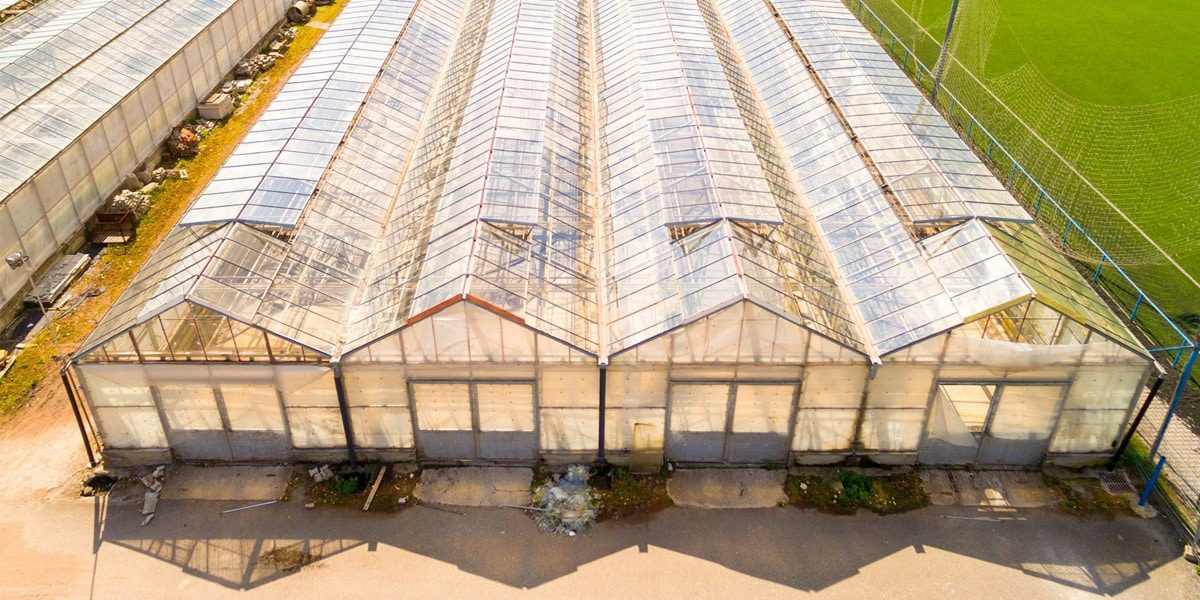Image commercially licensed from: Depositphotos
Plant biomass, a vast and renewable resource comprising 550 Gt C, is not merely abundant; it’s a treasure trove of potential waiting to be unlocked. The landscape of industrial applications is witnessing a surge in transformative technologies, turning plant matter into high-value commodities, from biofuels to advanced materials. In this exploration of biomass breakthroughs, a complex puzzle emerges, promising a future where plant-based derivatives are not just numerous, but increasingly valuable.
The Importance of Plant Biomass
More than an alternative energy source, plant biomass emerges as a versatile solution to ecological and economic challenges. Amidst a surging demand for sustainable energy, plant biomass takes center stage, substituting for fossil fuels and significantly reducing carbon footprints. Sustainability becomes a driving force, emphasizing responsible forest management to harness the full carbon-sequestering potential of old-growth forests. However, the efficient use of biomass demands innovative processing methods to reduce reliance on non-renewable resources.
In the context of global energy consumption, biomass boasts a notable history. Its significance continues to grow, constituting nearly 5% of the United States’ primary energy consumption in 2022. Derived from various sources, including wood, agricultural products, and organic municipal waste, biomass serves basic needs in developing countries, primarily for cooking and heating.
Balancing ecological impact with economic feasibility becomes paramount for maximizing biomass potential and securing its role in a sustainable energy future.
Exploring the Sources of Plant Biomass
Plant biomass, a critical component in the quest for sustainable energy solutions, originates from a multitude of sources. Wood remains the most prevalent form of biomass energy, with its use dating back to ancient times for cooking and heating. Despite its historic roots, the applications of wood have dramatically evolved, now encompassing modern energy needs and industrial processes.
Aside from wood, biomass energy spans a diverse array of sources, each harnessing the power of living or once-living organisms. These sources include:
- Agricultural products: Crops specifically grown for energy production, such as corn and sugarcane, as well as agricultural waste like straw and husks.
- Grassy and woody plants: Plants like switchgrass or fast-growing trees like willows offer a renewable source of energy without competing for land used for food crops.
- Forestry residues: Leftover materials from logging operations, including branches and sawdust, represent a significant untapped resource.
- Oil-rich algae: Algae, with their high oil content, stand out as a potent potential source of biofuels, especially biodiesel.
- Organic municipal waste: Food scraps and yard waste contribute to the organic component of municipal solid waste, which can be transformed into energy through various processes.
The versatility of biomass stands out as its key attribute, with each source offering unique advantages. Maintaining this biodiversity in biomass sources is critical for creating a balanced and sustainable energy future. Moreover, strategic management of these resources ensures that we’re not depleting stocks faster than nature can replenish them.
The use of plant biomass extends beyond energy production to a gamut of high-value-added products. Innovations in biomass processing have led to the development of advanced materials and chemicals. Through evolving technologies, biomass is now further valorized, undergoing transformation into a wide spectrum of commodities that hold immense potential in various industries.
As demand for sustainable and renewable resources gains momentum, understanding and leveraging the vast array of biomass sources becomes increasingly critical. The sustainable and efficient utilization of these diverse biomass resources can significantly reduce our carbon footprint, thereby fostering an eco-friendlier paradigm of production and consumption.
Innovative Technologies for Biomass Conversion
Transforming plant biomass into energy and materials requires cutting-edge technology. Thermochemical and biochemical conversion technologies take center stage, turning organic material into biochar, bio-oil, syngas, and methane. Challenges arise in converting lignocellulosic feedstock, which led to the rise of enzymatic pretreatment techniques. Anaerobic co-digestion, blending different biomass types, enhances nutrient balance and improves gas production.
As these technologies advance, the potential for biomass in a sustainable future grows. Optimizing and refining these processes are crucial for turning abundant plant biomass into renewable energy and high-value products.
Industrial Applications of Biomass Products
Plant biomass, a cornerstone in renewable resources, finds multifaceted applications in industries ranging from energy to materials science. Biofuels, biochar, and bioplastics exemplify its versatility, impacting biomedical, agrochemical, aerospace, and building sectors. Bio-based composites, synthesized chemicals, and soil-enhancing biochar showcase the vast potential of biomass-derived products.
Continuous research and development broaden the spectrum of biomass applications, emphasizing the need for ongoing innovation to cement its role as a sustainable and versatile resource.
Challenges in Transforming Biomass into Valuable Commodities
The complexity of lignocellulosic feedstock poses challenges in biomass conversion. Genetic engineering, a key player in improving crop yields, must strike a balance between productivity and sustainability. Fractionation of aromatic monomers from lignin remains a hurdle, compounded by the cellulose utilization problem.
Environmental sustainability is a consideration in biomass valorization, necessitating greener solvents and processes. Scaling up from lab to industry presents logistical challenges, demanding economically viable models for biomass collection, transportation, and storage.
Conclusion
Unlocking the full potential of plant biomass is on the horizon, thanks to advances in biotechnology and industrial processes. Continued innovation promises increased viability of biomass-derived products, paving the way for a greener future. The journey from lab to market is complex, but progress made so far indicates a sustainable bioeconomy is not just a possibility but an impending reality. As technologies refine, the promise of a more sustainable future, powered by plant-based solutions, becomes increasingly tangible.
Published by: Aly Cinco

















